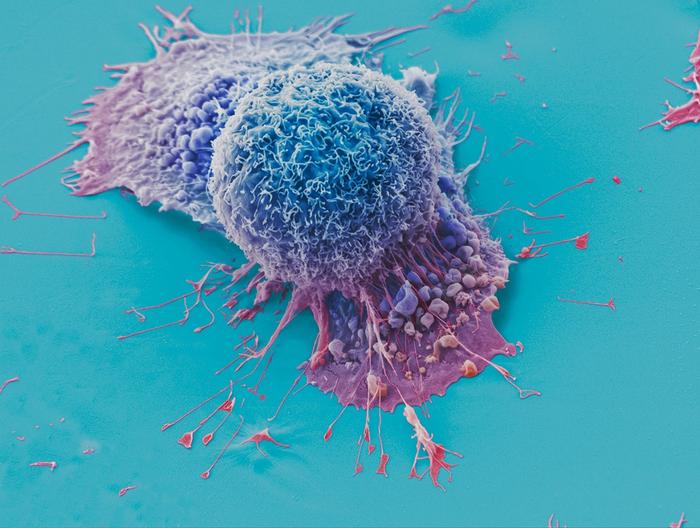With over 200 types of cancer, each with its own unique characteristics, developing precision oncology treatments remains a daunting task. Most efforts have focused on identifying mutations in cancer-driving genes and matching treatments to those mutations. However, many cancer patients do not benefit from these early targeted therapies.
Introducing PERCEPTION: A New Approach to Predicting Treatment Response
A new study published in the journal Nature Cancer introduces PERCEPTION (PERsonalized Single-Cell Expression-Based Planning for Treatments in Oncology), a first-of-its-kind computational pipeline that uses artificial intelligence to predict patient response to cancer drugs at single-cell resolution.
PERCEPTION utilizes transcriptomics, the study of messenger RNA molecules expressed by genes, to understand the complex and evolving nature of tumors. “PERCEPTION allows for the use of rich information within single-cell omics to understand the clonal architecture of the tumor and monitor the emergence of resistance,” says first author Sanju Sinha, Ph.D., assistant professor at Sanford Burnham Prebys.
Overcoming Data Limitations with Transfer Learning
The researchers used transfer learning, a branch of AI, to build PERCEPTION. Due to limited single-cell data from clinics, they pre-trained the models using published bulk-gene expression from tumors and then fine-tuned the models with single-cell data from cell lines and patients.
Successful Validation in Multiple Clinical Trials
PERCEPTION was successfully validated by predicting response to monotherapy and combination treatment in three independent clinical trials for multiple myeloma, breast cancer, and lung cancer. The tool correctly stratified patients into responder and non-responder categories and even captured the development of drug resistance in lung cancer as the disease progressed.
The Potential for Clinical Application
While not yet ready for clinical use, PERCEPTION demonstrates the potential for using single-cell information to guide cancer treatment. The researchers hope to encourage the adoption of this technology in clinics to generate more data, which can be used to further refine the tool for clinical use.
“The quality of the prediction rises with the quality and quantity of the data serving as its foundation,” says Sinha. “Our goal is to create a clinical tool that can predict the treatment response of individual cancer patients in a systematic, data-driven manner. We hope these findings spur more data and more such studies, sooner rather than later.”
Collaborative Effort and Funding
The study involved collaboration among researchers from various institutions, including the National Cancer Institute, University of California, San Francisco, University of California, Berkeley, Rancho BioSciences, National Institutes of Health, and Harvard University. The research was supported by the Intramural Research Program of the NIH, NCI, and various NIH grants.


